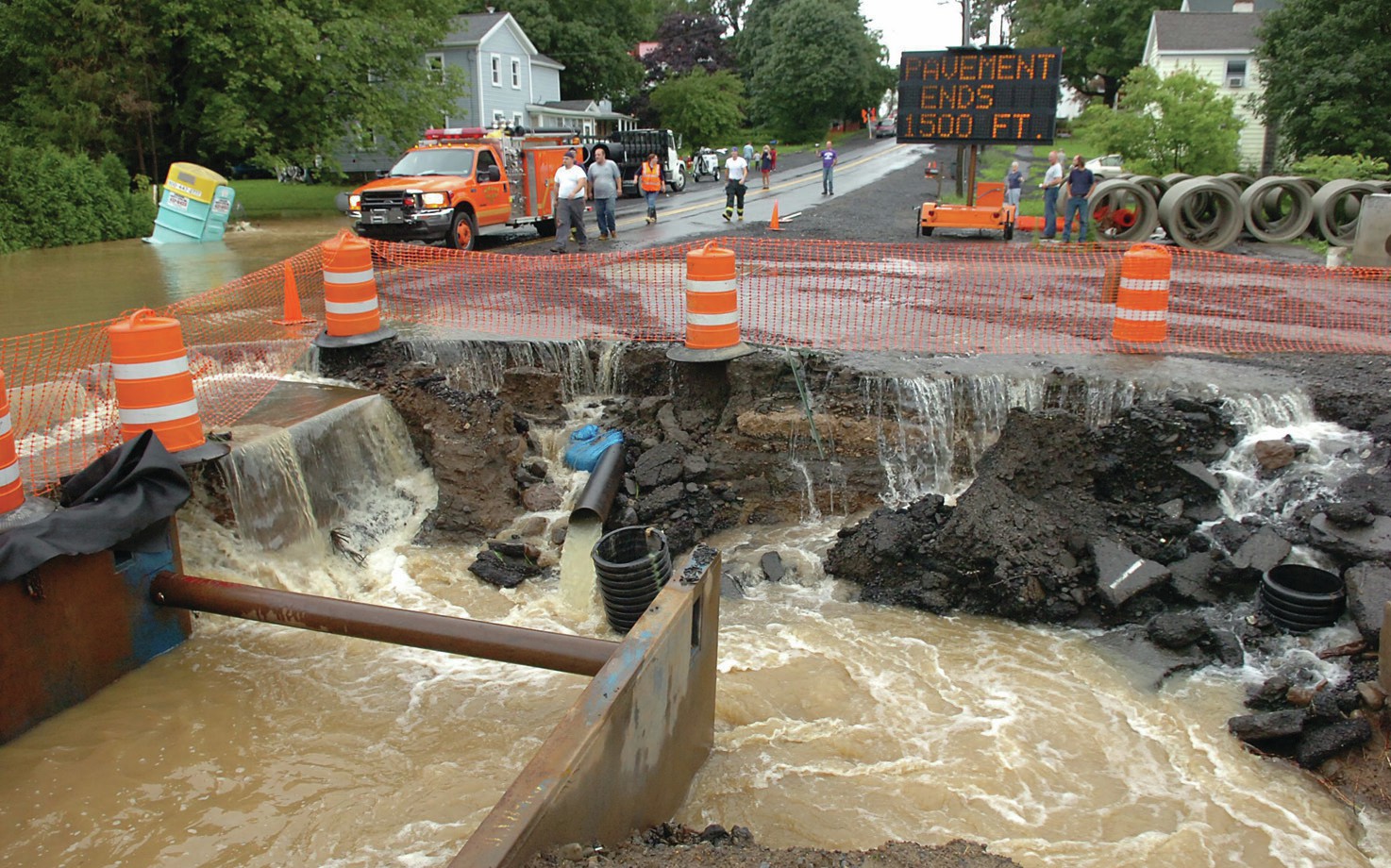
Ariver flood is one of the most common natural hazards. Rivers flood in all physical environments, from polar areas, through the mid-latitudes, to desert regions and the humid tropics. They flood in the usual course of events. In other words, there is nothing abnormal about river floods. However, when land not normally covered by water becomes inundated this can result in significant damage to property and danger for people living in the area. Floods vary greatly in terms of magnitude and impact, according to their depth, the velocity of flow, their spatial extent, duration and seasonality. Probably the most dangerous type of flood is the flash flood because, as the name suggests, it happens so quickly.
Flash floods happen suddenly, with little lead time to allow a warning to be issued, and they are fast-moving and violent, typically resulting in severe damage to property and infrastructure and a great threat to life. The area of impact is generally small and they are relatively rare events. Flash floods also tend to be associated with other hazards, such as mudslides.
Your organisation does not have access to this article.
Sign up today to give your students the edge they need to achieve their best grades with subject expertise
Subscribe




